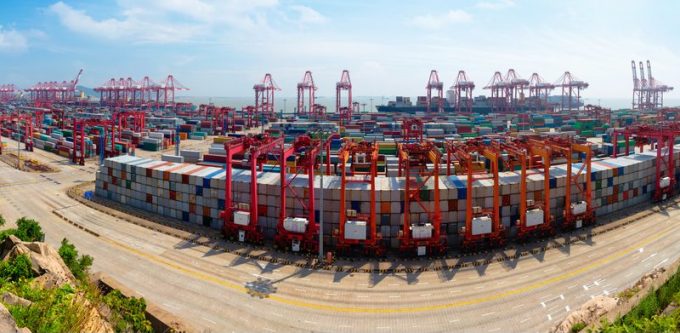Stark reminder for all execs talking up SME exposure
The smaller, the more exposed to China

Today’s Shanghai Containerized Freight Index (SCFI) shows no sign of a recovery with spot rates for most trades still dropping, following a break for China’s Golden Week holiday.
The Asia-North Europe component of the SCFI recorded a further 2% decline, to $581 per teu, which is 21% below the level of the same week of last year.
After a miserable peak season, which caused carriers to start their winter blanking programmes earlier than usual, container lines were again disappointed by the absence of ...
Maersk u-turn as port congestion increases across Northern Europe
Apple logistics chief Gal Dayan quits to join forwarding group
Maersk Air Cargo sees volumes fall as it aims for 'margin in favour of revenue'
Airlines slash freighter capacity post-de minimis, but 'the worst is yet to come'
Houthis tell Trump they will end attacks on Red Sea shipping
Transpac rates hold firm as capacity is diverted to Asia-Europe lanes
MSC revamps east-west network as alliance strategies on blanking vary
India-Pakistan 'tit-for-tat' cargo ban sparks sudden supply chain shocks

Comment on this article